- If you don’t have a DAM and you want to learn how to get your visual media library up and running, we have plenty of resources for you to help you and your team get started.
- If you’re familiar with DAM, but you’re unhappy with yours, here are some tips for decluttering your digital content library and getting organized ASAP.
Either way, the visual storytelling apocalypse isn’t slowing down, so we all need to be DAM prepared.
What better way to get prepared than by learning and studying how the experts are doing it best, right? Our PhotoShelter for Brands (formerly Libris) clients have done incredible work this year, so learn by their example.
Read how 19+ brands are getting more from their marketing assets with our DAM
Return on Investment: Get More from Every Asset in Your Library
Sacramento Kings

The Sacramento Kings use their visual media library to source photos from a number of photographers, store a large media collection, and make it easy for team members across the organization to find images for social media, sales, public relations, charitable outreach and more. The new system has helped the team get the most out of their images.
“Before it was photo after photo being taken and not being used, not being used the right way, or just sitting on a server,” says the Kings’ Creative Director, Ryan Brijs. “I would say 80-85% of the photos weren’t being used properly.”
Bates College

The communications team at Bates College uses its visual media library to streamline the storytelling process. Photographer Phyllis Graber Jensen uploads photos to the library as soon as they’re taken. She adds metadata that provides context for her team to incorporate when they use the photo on Instagram, a blog post, or a newsletter. Having all of their images on a user-friendly platform makes their workflow simple and painless.
“It’s fun to look at pictures, but when it’s difficult to find them, it takes the fun out of it. PhotoShelter for Brands has brought the fun back to it,” says Phyllis. “It’s so easy to upload, to stay organized, to share to review – it’s made DAM, which can be overwhelming, frustrating, time-consuming – much more functional.”
Centralization: Store Everything in One Place
University of Miami Athletics

The University of Miami has nearly half a million photos capturing moments in Hurricane athletics history over the past 30 years. A centralized visual media library empowers the team to easily organize and access the university’s massive collection, generate revenue from imagery, and build a stronger brand through visual storytelling.
“Until now we didn’t have a home for all of our photos, so that’s certainly been the biggest benefit up to this point,” says Miami’s Associate AD for Marketing and Digital Strategy, Brian Bowsher.
Special Olympics

Special Olympics as an organization is a global movement of Paralympic athletes, sponsors, and allies who work together to provide education, training, and host competitions that establishes inclusion of all peoples in sports. To share this powerful story 365 days a year across their global markets, the Special Olympics headquarters team needed a robust system that all employees and volunteers could easily use.
Sydnye White, Senior Director of Storytelling explained, “When we first started implementing the PhotoShelter platform we used it in 2019 at our Abu Dubai games which had 7,000 athletes, as opposed to 1,000 that will be present at the Kazan Test Games. So we had thousands and thousands of assets that we were able to upload and share very quickly.”
Sydnye continued, “In this case, I was the only one doing image approvals, so having a platform like PhotoShelter made it easy for me to collaborate with people on a global level…We uploaded about 550 assets to be shared on PhotoShelter, and traditional media placements in Europe only were over 510 pieces. Globally it was even more…We reached over 223 million people and for social media [again only in Europe] we had over one million impressions.”
Adventure Travel Trade Association
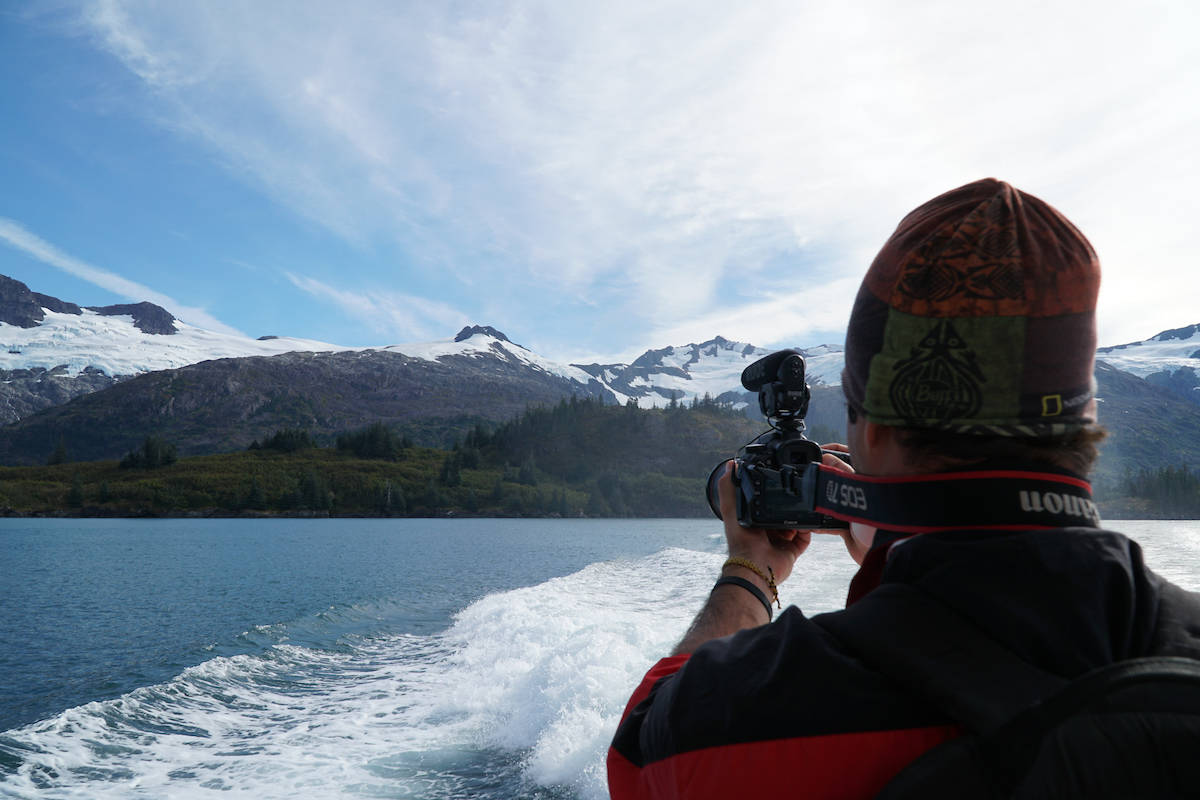
Before using DAM, the Adventure Travel Trade Association (ATTA) used a cobbled-together solution of two systems for managing images that made up for each other’s shortcomings (one didn’t support high-resolution files, the other wasn’t searchable). Now, the ATTA uses PhotoShelter for Brands to store and organize all of its high res photos and videos in one searchable cloud-based library. This is extremely helpful for ATTA staff members working remotely all over the world as they try to tell one unified story.
“Before PhotoShelter for Brands, I think I got a decent amount of flack from our team because our images were stored on hard drives and not easily accessible,” says Marketing Manager for the ATTA, Murray Bartholomew.
Organization: Find Your Assets When You Need Them
Applegate

Images fuel Applegate’s digital communications, social media (including Facebook, Instagram, Twitter, Youtube and Pinterest), website sliders, ads, and point of sale materials (ranging from in-store digital signage to deli tags). With such high demand for visual content internally, the team struggled with different servers, different departments, and different file formats. Now, the brand’s photos are organized in collections and galleries for easy browsing, and tagged with metadata for quick search.
“Everybody in our company can go on and view everything and search for things really quickly,” says Holly Sellner, graphic designer for Applegate.
I Love NY

The I Love New York team sources content from a number of photographers and shares visual assets with a wide range of stakeholders. A cloud-based platform allows everyone to access the library, wherever they are. They use metadata to run fast searches and fill image requests in minutes.
“The media library is a great asset. We get requests for images on a daily basis and we’re able to respond quickly thanks to ease of searching the library. Distributing assets is also user-friendly. We no longer have to send images via email and then wonder if it failed to deliver due to file size,” says Empire State Development’s Division of Tourism, I LOVE NEW YORK.
Access: Share Content with Everyone Who Needs It
Pandora

As the photographer and digital asset manager for Pandora, Michael Baca is responsible for servicing every department with the photos they need. He shoots original, custom photography, manages stock photos, and distributes assets to everyone from HR to brand to social media to sales and marketing. A cloud-based DAM lets him deliver content to team members and external partners in an easy and secure way.
“I can’t really see how I could do this without PhotoShelter for Brands,” Baca says. “The goal is to have it be our internal stock site.”
Embry-Riddle Aeronautical University
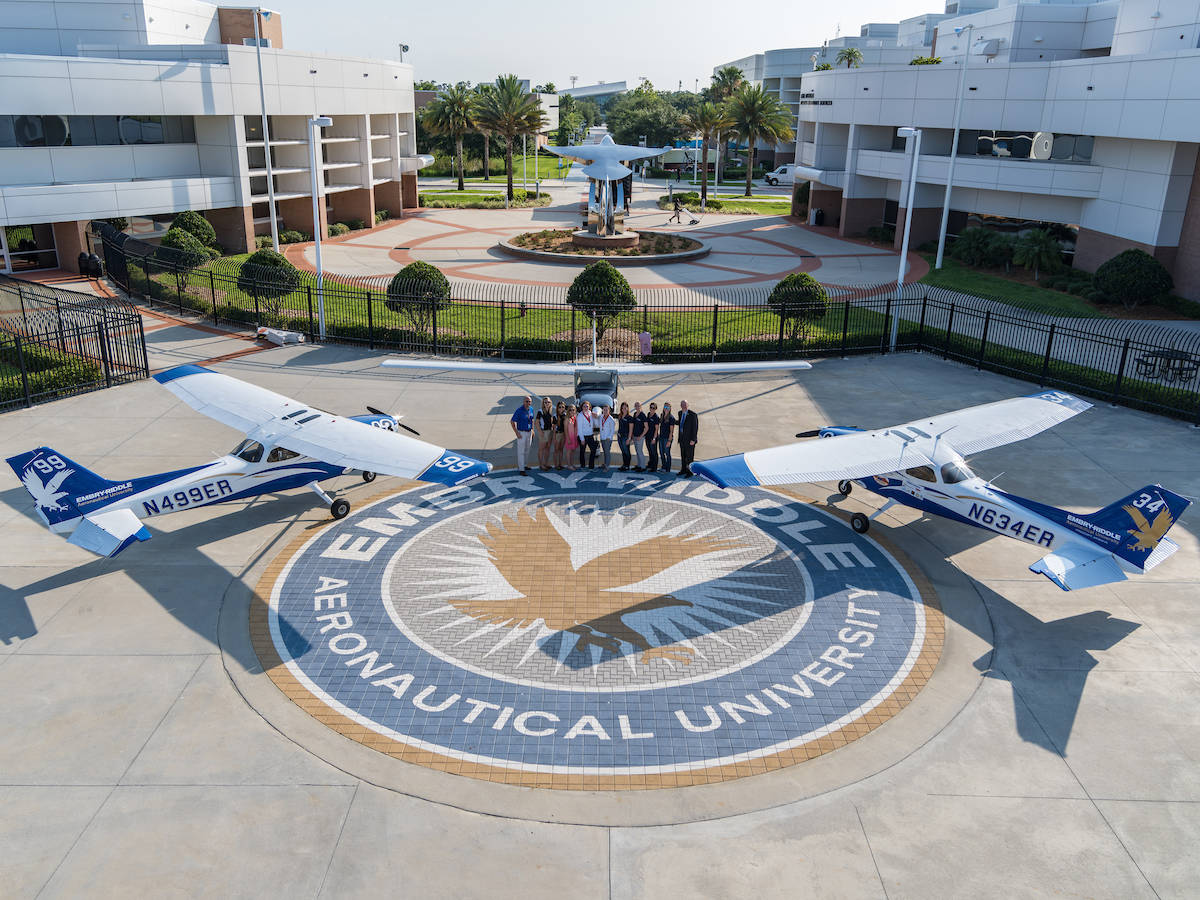
The Embry-Riddle Aeronautical University multimedia team depends on DAM to deliver visual assets to partners across the university. In the past 90 days, they saw just under 40,000 downloads from their visual media library. That means a huge number of people need access to the university’s photos for a wide range of purposes on a regular basis. Plus, Embry-Riddle has integrated PhotoShelter for Brands with single-sign on (SSO) to streamline access for everyone on campus.
“We need to have some way for marketing people to search and find photos for the web,” says Daryl Labello, Embry-Riddle’s Multimedia Producer. “A DAM is the best way to do that – we put all the images in one place, tag them, and make them easy to search.”
Speed: Keep Up with the Speed of Social Media
Moraine Valley Community College

The marketing and communications team from Moraine Valley Community College has mastered the art of posting high resolution photos to social media in real time by using a combination of a DSLR camera, a cellular hotspot and a DAM system. Publishing high resolution photos to social media in real-time helps the team catch their audience’s attention while events are still unfolding – which is crucial for engaging a young generation of students.
“It’s Instagram, not Inaweekagram,” says Glenn Carpenter, Moraine Valley’s Photographer and Imaging Specialist.
Purdue University Athletics

The Purdue University Athletics team uses DAM to save time on a regular basis but on game day, they really shine. The team uses a fast in-game image-sharing workflow to post high-resolution photos from the court to social media before the buzzer.
“I grab the photo and Tweet and Instagram it with the ‘pertinent’ information,” says sports information director for the men’s basketball team Chris Forman. “It is fantastically easy. Postgame, the folder is populated with many photos in no more than 30 minutes after the game and we then do our full photo gallery.”
Austin FC

As Texas’ first sports team to be named after the state capital, Austin FC has built a legendary community since their first debut match in 2021. In a webinar where we facilitated a live virtual discussion between their team photographer and social media manager, we learned how integral PhotoShelter is to their seamless, six-step match-day asset-sharing workflow.
Rankin White, Austin FC Team Photographer shared, “This is why PhotoShelter is absolutely critical to the speed and the photo-sharing process during the game. I send those photos from my camera immediately up to our PhotoShelter box. Our photo editor grabs those out of the PhotoShelter box, puts them into Lightroom, edits the ones that she thinks are best, and then she puts them into a separate PhotoShelter folder that Hannah is then able to then pull and choose images to use on our Instagram, Twitter, Facebook, other social platforms.”
Branding: Keep Everyone on the Same Page
Global Heritage Fund
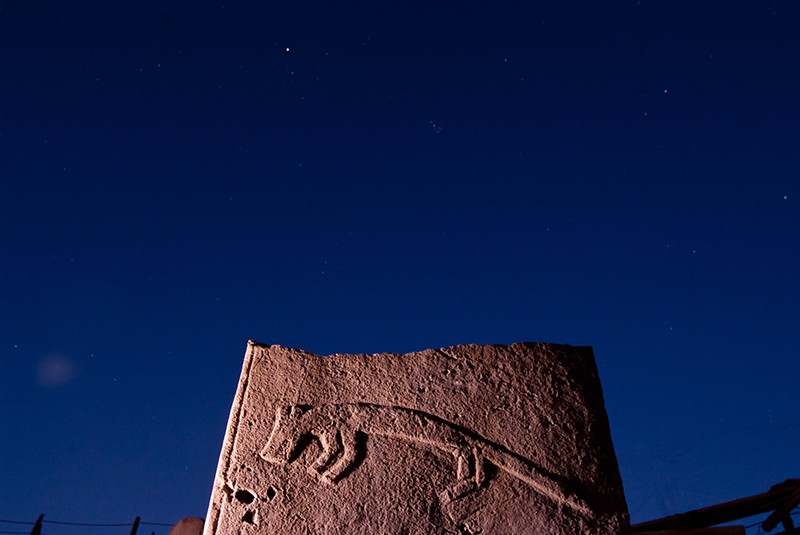
For nonprofits, visual media is key to demonstrating impact to donors, volunteers, and partners. As the Global Heritage Fund revamped its website from text-focused to photo-first, an organized, searchable, and accessible photo library was crucial.
“When you’re trying to convey what you do, there are a million ways to do it with images,” says Matthew Strebe, Media Associate for the Global Heritage Fund. “If you have a thousand images, how do you choose? If you have it organized and you can collaborate with people, it’s going to be easier than having a bunch of folders on a computer somewhere.”
Washington Commanders

Professional sports brands must protect their brand and fandoms at all costs, and having a digital asset management platform helps keep branding consistent. Even better, PhotoShelter for Brands provides Library users with a wide range of advanced custom-sharing settings to prevent any misuse of branded materials.
When it came time to officially prepare for the February 2022 rebrand announcement, PhotoShelter was key to keeping the big news a secret. Emilee Fails, Washington Commanders Team Photographer told us, “The element of surprise was important in our rebrand. The photos I took were kept under lock and key in a sense thanks to Photoshelter. We made a hidden folder that only a few people had access to and then access slowly expanded as reveal day got closer.”
Northern Michigan University

Because so many people need access to Northern Michigan University’s visual assets (from designers to department heads), it’s helpful to have a centralized, cloud-based platform. As soon as photos are uploaded to the library, people who have permission to view the library can access them on their own. The accessible visual media library makes it easy to deliver event photos, staff portraits and, most recently, visual assets for the school’s rebranding effort.
“Especially with this rebrand and particularly with the new logo website, we have all of these resources, all of these photos just waiting to be used,” says Josh LeClair, photo and video producer for NMU. “Our art director can just log on and see all the images easily, much more easily than in Finder.”
External Delivery: Shape Perceptions Around Your Brand
Waterfall Resort
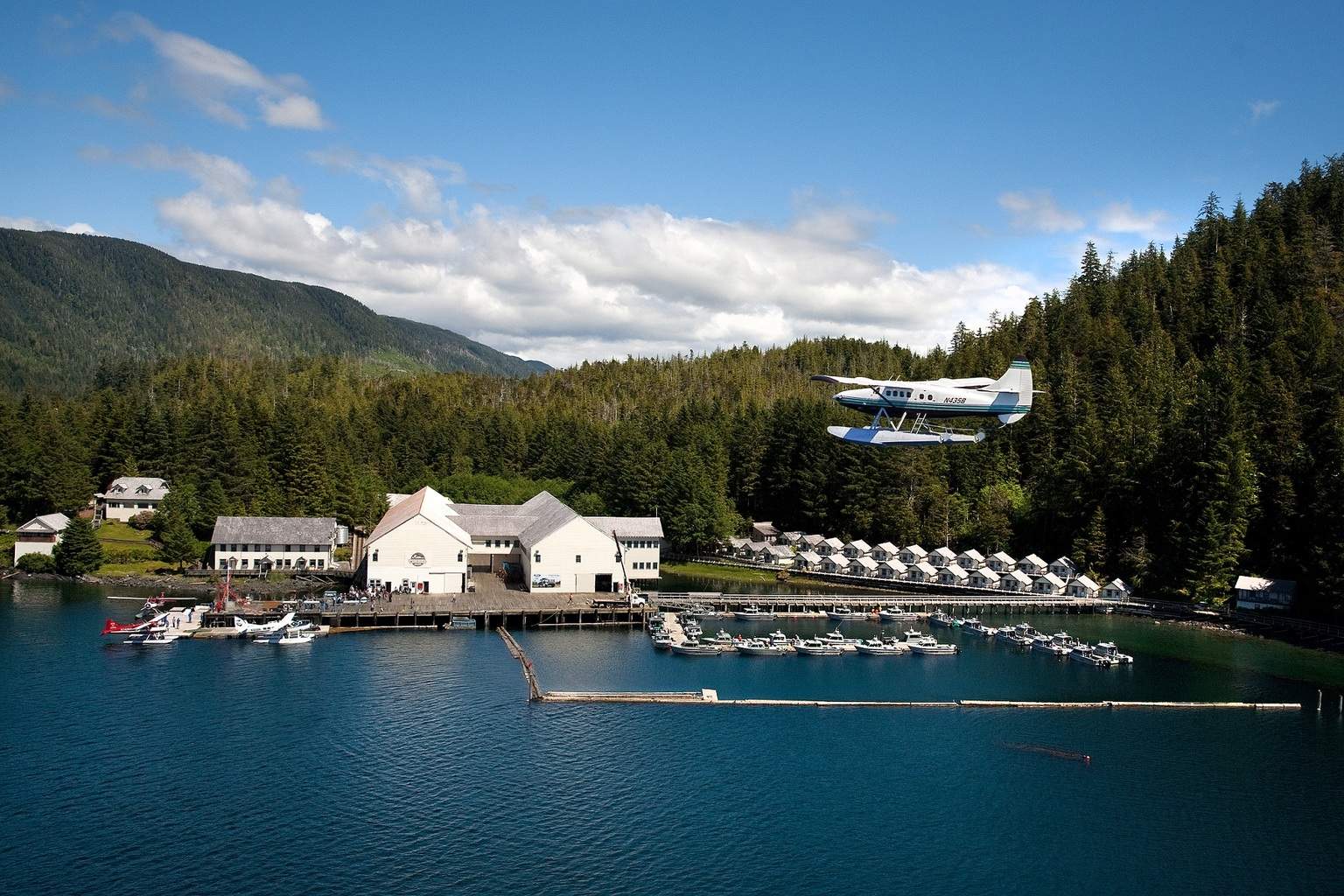
The Waterfall Resort team uses DAM to deliver images to partners ranging from reporters to travel agents. Galleries and collections allow them to grant people view and download permission to specific content, so they can tailor content to each group. The library helps them share their content with a wide array of partners and push their message travel further.
“I think for adventure travel in particular, PhotoShelter for Brands is a really powerful tool,” says Geoff Stevens, Director of Marketing for Waterfall Resort. “Our job is to build desire and build trust and that’s really what the images help us to do. It might be a bucket list type of experience, a once-in-a-lifetime type of trip, but over time they’re ready to take the plunge and make it happen.”
Visit Greenland

Visit Greenland sources high-quality images and shares them with partners for free through their PhotoShelter for Brands DAM library. The team’s goal is to provide stunning, on-brand content to partners and, in turn, shape perceptions of Greenland abroad. Hosting its image database on a user-friendly, easily searchable platform is crucial to fulfilling its mission. It’s easy for partners to access content, which makes them more likely to use it.
“My hope would be that there will be a longer tail on the images used in the database,” says Mads Pihl, who manages photography and market development for Visit Greenland. “The more diversity that we get through the database, the more diversity there will be in the representation of Greenland by our stakeholders.”
Archiving: Preserve History
Municipal Association of South Carolina

The Municipal Association of South Carolina (MASC) uses DAM as a tool for institutional memory. Over the years, the Municipal Association of South Carolina (MASC) has captured photos of important moments in Palmetto State history and maintained a loosely structured inventory of photos. Now, they have made their historical images easily accessible to their staff and their members.
“As we progressed and got more and more pictures, we looked for years for a solution so we could not only just archive but retrieve pictures for historical purposes or a newsletter,” Mary Brantner, Communications Manager for MASC. “We wanted a way to make sure we didn’t lose that history.”
University of South Carolina
When Jesuel Rivera, University of South Carolina’s former videographer joined the institutions Communications and Public Affairs team before the 2019 winter holidays, the content he was told to work with was mainly archival, so his creative strategy mainly relied on repurposing old content to spur new conversations.
During the 20/21 Vision: Innovation Summit, Jesuel shared a relatable sentiment with peers in attendance, “As most of you know and can relate, our typical approach and process hit a lot of new obstacles. We had to be a lot more creative and we had to adapt to new ways of capturing and delivering media.”
He continued, “This theme of telling new stories with older media — it carried on over the next year or so. We found ourselves repurposing a lot of different footage from archived civil rights footage to footage and information provided by NASA of their Mars Perseverance Rover, so those were interesting projects to carry that theme.”
Pittsburgh Post-Gazette
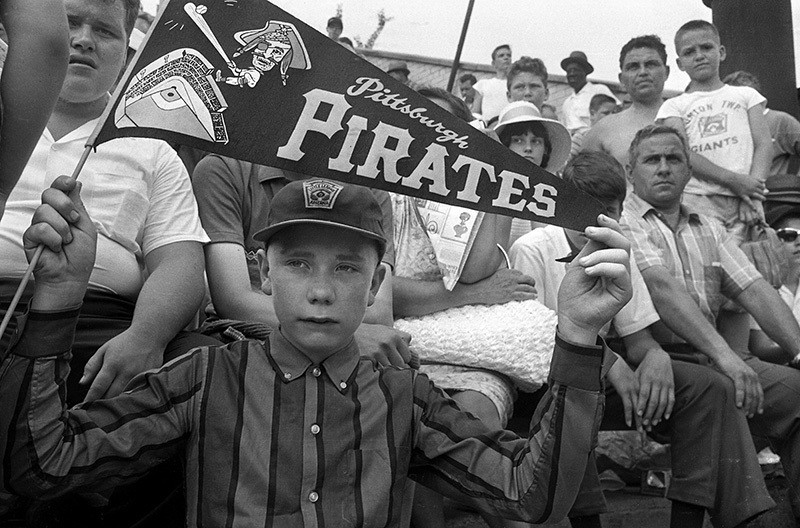
The Pittsburgh Post-Gazette has chronicled Pittsburgh’s rich history since 1786. As the first newspaper west of the Allegheny Mountains, the Post-Gazette has an unmatched collection of the region’s stories. Now, the paper’s deep photo archive is becoming available to the public. In a great example of how DAM can help you repurpose old content to create something new, the team searches their DAM every week for throwback photos for a feature called “The Digs.”
“A series of photographs in the PG archive shows the crowd from several different angles inside Forbes Field, a place where I-beams framed (and sometimes blocked) views of the field. Fans in the bleachers sat on benches that seem a little bigger than a 2×4 board. Crushed paper cups and crumpled food wrappers litter the concrete at their feet,” Steve Mellon wrote in the Digs article featuring the photo above.
Read the full story.
Tell us more about your brand’s visual storytelling strategy!
Has investing in digital asset management helped your brand level up its content marketing strategy?




